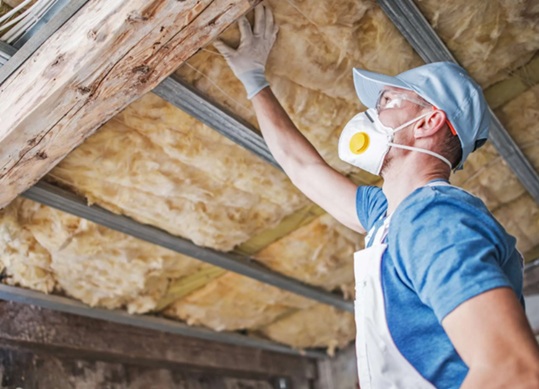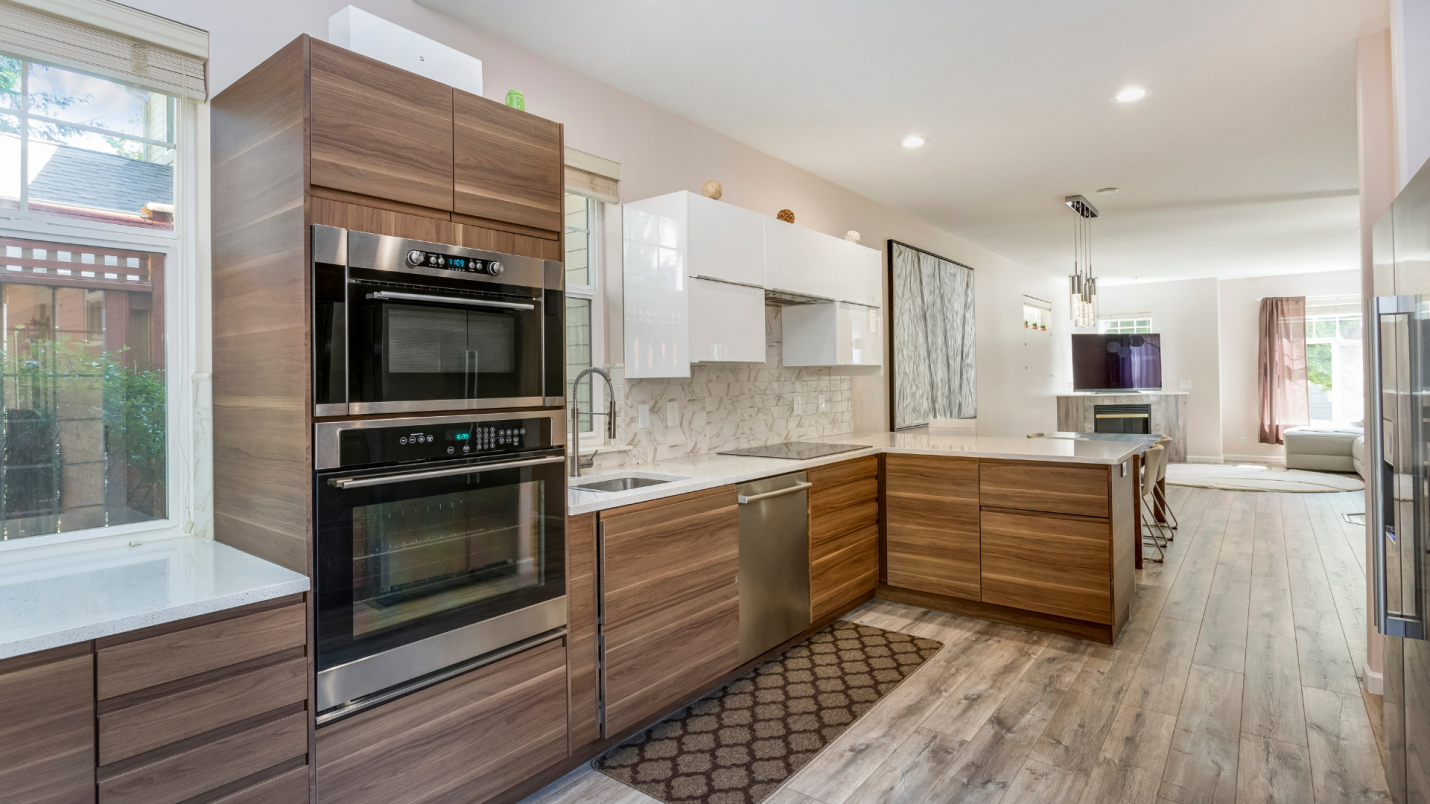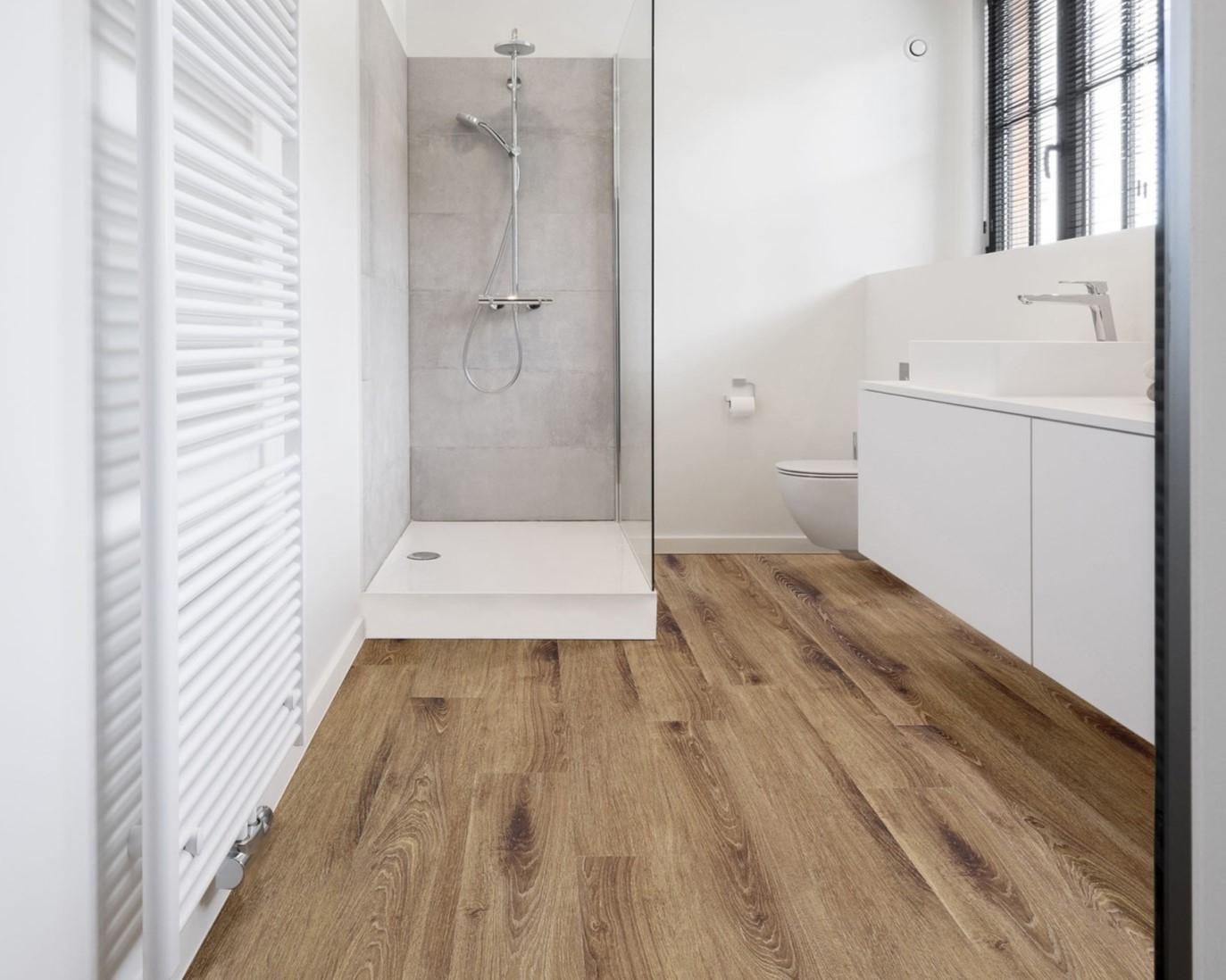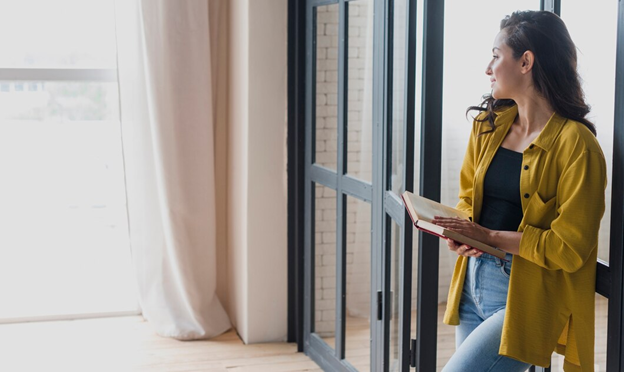Most people think of energy-saving appliances, solar panels, or smart thermostats, but they overlook proper insulation that improves efficiency in homes. Insulation works by acting as a protective barrier against indoor and outdoor temperatures while maintaining comfort and reducing energy use, along with utility costs in every season.
Surely, you have that quality insulation because, regardless of where you stay and what kind of home you live in, it is one long-term investment that will eventually reap comfortable living, savings in utility costs, and less impact on the environment.
How Proper Insulation Works?
This is how insulation works. It reduced the conduction of heat through walls, ceilings, and floors between winter and summer. It prevents warm air in the inside part of the house from escaping during winter, and during summer, the warm air does not enter the house. This is how you take advantage of the insulation’s R-value – the higher the R-value, the better the insulation holds internal consistent temperature.
Bad insulation makes these systems work much harder as they have to compensate for air leaks and temperature loss. This will mean increased energy usage, greater wear and tear on HVAC equipment, and unbalanced comfort from room to room.
Benefits Year-Round
Good insulation keeps heat trapped for the colder months, with furnaces and heat pumps working less often. During the hotter months of Florida (or anywhere with warmer summers), it keeps super hot temperature activity from penetrating walls and attics, cooling the living space. This balance allows for less need for air conditioning, which is often among the largest energy users in one’s household.
Proper insulation can also keep noise from migrating indoors, improve indoor air quality through fewer drafts, and deliver a more consistent and comfortable environment for living year-round.
Finding the Right Kind of Insulation
There is no single insulation type. Even the best insulation depends on your weather, home design, and green objectives. There are types such as cellulose, wool, hemp, and spray foam, and each of these insulation types has special advantages. Other examples of eco-friendly items are cellulose and wool, which not only give strong results but also lessen the environmental burden through their renewable and recycled contents.
Energy Savings and Impact on the Environment
House owners can save energy costs up to 20% through sealing air leaks and proper insulation, as stated by the U.S. Department of Energy. The benefits aren’t limited to reduced utility costs; less energy demand will also reduce greenhouse emissions, contributing to a greener future.
This post was written by a professional at Eco Elite Insulation. At Eco Elite Insulation, we specialize in attic insulation removal, replacement, and upgrades that keep your home energy efficient and comfortable year-round. Contaminated or outdated insulation from pests or poor sealing can increase energy bills and harm air quality. Our experts use safe, non-toxic insulation to improve comfort, reduce heating and cooling costs, and create healthier living spaces. Serving McKinney, Plano, Frisco, Dallas, Fort Worth, and surrounding areas, we focus on attic renovations that protect your home and lower electricity bills. Click here to learn more!





